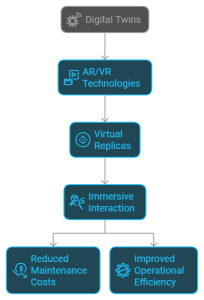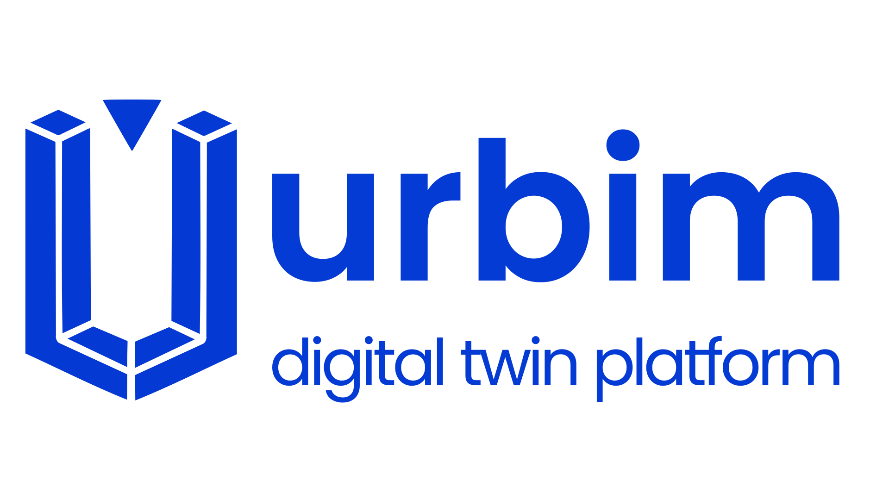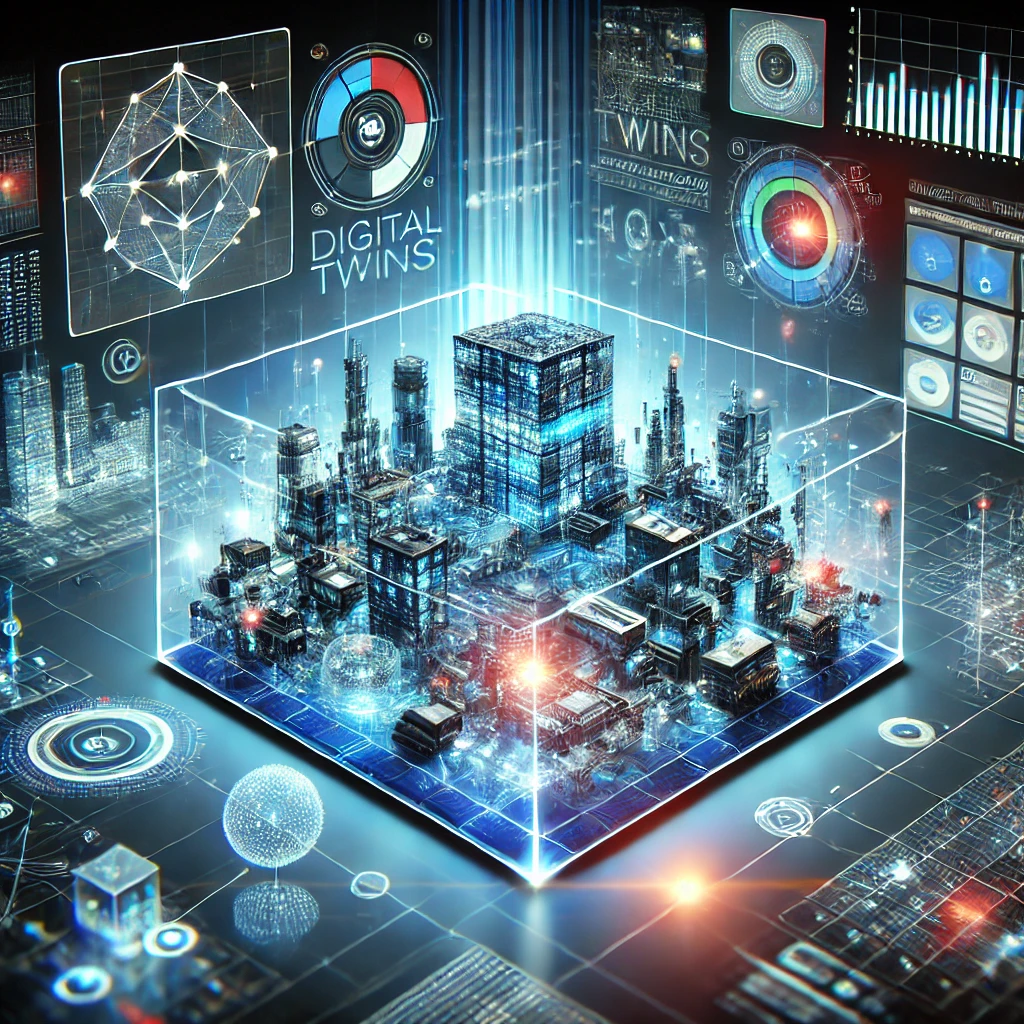Did you know that the use of digital twins coupled with AR/VR can reduce maintenance costs by 30% and improve operational efficiency by 40%?
The fusion of these technologies is transforming various industries, allowing companies to create virtual replicas of physical assets and visualize them in augmented and virtual reality environments. This advance not only facilitates management, but also optimizes our interaction with the physical world, bringing a new level of efficiency and accuracy.
Today, by combining these virtual replicas with AR/VR, the possibilities multiply. We can not only watch a representation on the screen; now we can interact with the model in an immersive environment that reproduces the real world in great details.
Beyond visualization
When Virtual Reality and Augmented Reality are integrated a true innovation emerges, the synergy they have generates a more immersive experience in simulated environments, giving way to deeper and more realistic experiences; some examples of how this combination is being used successfully are the following:
- Construction and Architecture: architects and builders can visualize projects in 3D before construction begins. This technology allows structures to be explored from any angle and modifications to be made in real time, reducing errors and optimizing resources
- Manufacturing and Maintenance: Maintenance and repair instructions can now be displayed directly on Augmented Reality devices, guiding technicians with real-time information provided by the digital twin. This speeds up repairs and minimizes downtime
- Real Estate: Imagine taking a virtual tour of a building that has not yet been built, digital twins combined with Virtual Reality enable immersive experiences for customers, giving them a clear view of what the final property will look like
Future challenges
As with any emerging technology, digital twins in AR/VR face several challenges. One of the most significant is real-time data integration. For this technology to work optimally, it is crucial that data from physical assets be transferred and updated without delay, which requires advanced, high-capacity systems.
Information security is also a key issue, as the data used is valuable and sensitive. Companies must ensure that platforms that integrate digital twins with AR/VR are secure and comply with current regulations. Despite these challenges, the future of digital twins in AR/VR is encouraging. These technologies are anticipated to evolve and integrate into more sectors, from medicine to logistics, transforming the way we manage and optimize the physical world.
VR/URBIM/AR as one
URBIM is at the forefront of this technological transformation. Its platform integrates Virtual Reality and Augmented Reality so that its clients can enjoy much more immersive and realistic experiences without neglecting the multiple benefits brought by the digital twins.
References:
- Foundtech – Digital twins
- Inmersis – Changes in new technologies
- Advancedfactories – Simulation of digital twins VR/AR transforming industry





